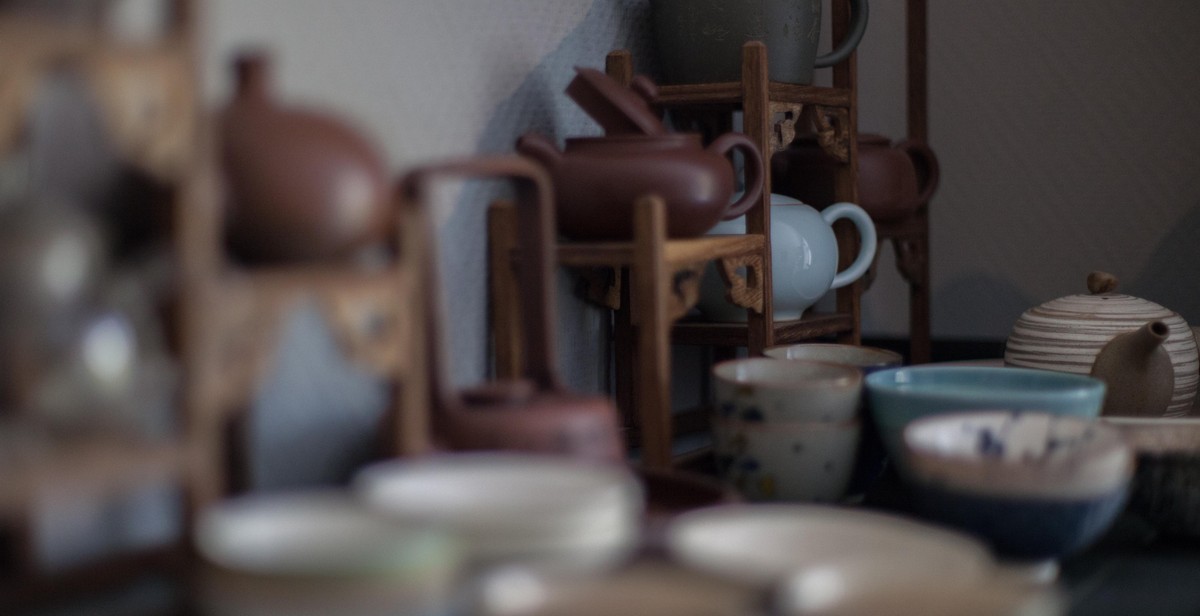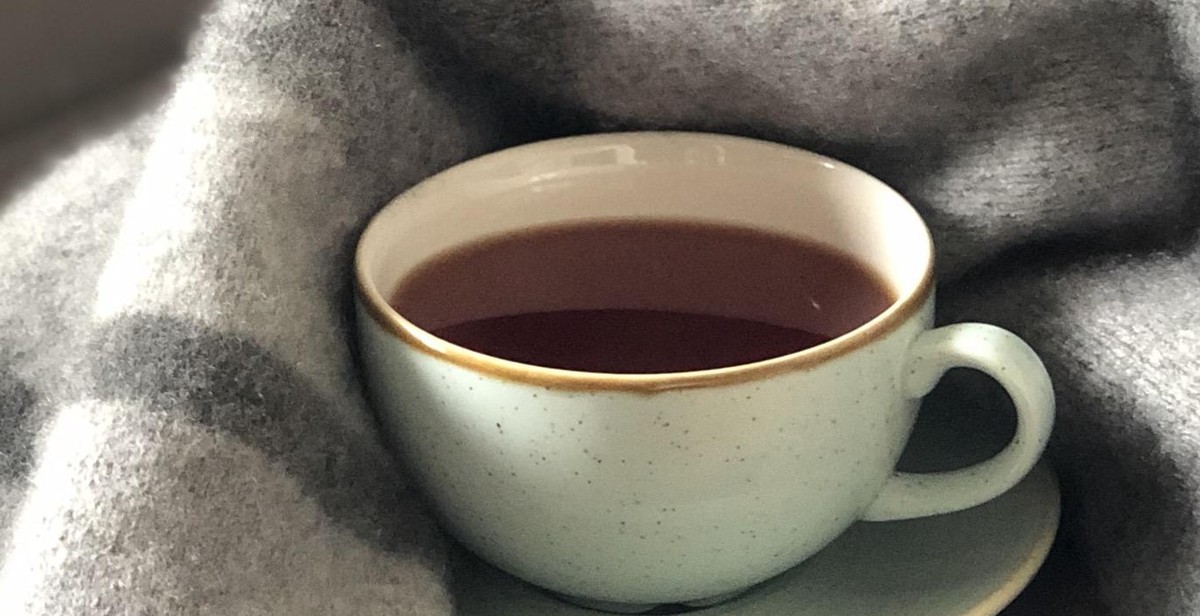Introduction: How to Appreciate and Identify Different Types of Tea
Tea is a beloved beverage consumed by people all over the world. It is a refreshing drink that can be enjoyed in many different ways, whether hot or cold, with or without milk, and with or without sweeteners. However, not all tea is created equal. There are many different types of tea, each with its unique flavor, aroma, and health benefits.
Why Appreciating and Identifying Different Types of Tea is Important
Appreciating and identifying different types of tea is essential for all tea lovers. By understanding the characteristics of different teas, you can choose the right one to suit your tastes and preferences. Additionally, different types of tea offer different health benefits, so identifying the right tea can help you to enjoy the maximum health benefits.
Furthermore, being able to appreciate the taste and aroma of different teas is a skill that can enhance your tea-drinking experience. You can learn to identify the subtle differences between different teas and appreciate the unique flavors and aromas that each one offers.
In this article, we will explore the different types of tea and how to appreciate and identify them. Whether you are a seasoned tea drinker or a beginner, this guide will help you to expand your knowledge and appreciation of tea.

Understanding Tea Varieties
Tea is a beloved beverage enjoyed by people all over the world. It is made from the leaves of the Camellia Sinensis plant, which is native to China and India. Depending on how the leaves are processed, different types of tea are produced. In addition to Camellia Sinensis, there are also non-Camellia Sinensis teas that are made from other plants and herbs. Understanding the different tea varieties can help you appreciate and identify the unique flavors and characteristics of each type.
Camellia Sinensis Teas
The Camellia Sinensis plant produces four main types of tea: green, black, oolong, and white. The differences between these teas are determined by the processing method used after the leaves are harvested.
- Green Tea: Green tea is made from leaves that are quickly steamed or heated after they are harvested to prevent oxidation. This preserves the natural green color and delicate flavor of the tea. Green tea is known for its high antioxidant content and is often enjoyed for its health benefits.
- Black Tea: Black tea is made from leaves that are fully oxidized, giving the tea a rich, dark color and bold flavor. The leaves are rolled and then left to ferment for several hours before being dried and packaged.
- Oolong Tea: Oolong tea is partially oxidized, giving it a unique flavor and aroma that falls somewhere between green and black tea. The leaves are rolled and then left to ferment for a shorter period of time than black tea before being dried.
- White Tea: White tea is made from young leaves and buds that are picked before they are fully open. The leaves are simply withered and then dried, preserving their delicate flavor and aroma.
Non-Camellia Sinensis Teas
There are several types of tea that are made from plants and herbs other than Camellia Sinensis. These teas are often referred to as herbal teas or tisanes.
- Rooibos: Rooibos is a South African herb that is naturally caffeine-free and has a sweet, nutty flavor. It is often enjoyed as a relaxing bedtime tea.
- Chamomile: Chamomile is a daisy-like flower that is often used to make a soothing and calming tea. It has a light, floral flavor.
- Peppermint: Peppermint tea is made from the leaves of the peppermint plant and has a refreshing, minty flavor. It is often enjoyed for its digestive benefits.
Fermentation Process
The fermentation process is a key factor in determining the flavor and aroma of different types of tea. Fermentation refers to the chemical reaction that occurs when the tea leaves are exposed to air and moisture. The longer the fermentation process, the darker and bolder the tea will be.
| Tea Type | Fermentation Level | Color and Flavor |
|---|---|---|
| Green Tea | Low | Light and delicate |
| Oolong Tea | Medium | Complex and floral |
| Black Tea | High | Rich and bold |
Understanding the fermentation process can help you choose the right tea for your taste preferences. If you prefer a lighter, more delicate tea, go for a green or white tea. If you prefer a bolder, more robust flavor, choose a black or oolong tea.

Identifying Different Types of Tea
Tea is a popular beverage consumed all over the world. It is made from the leaves of the Camellia sinensis plant, and there are several different types of tea. Each type of tea has its own unique flavor, aroma, and health benefits. Here are the five main types of tea and how to identify them:
White Tea
White tea is the least processed of all teas and is made from young leaves and buds. It is light in color and has a delicate flavor with hints of sweetness and floral notes. To identify white tea, look for its pale yellow-green color and subtle aroma.
Green Tea
Green tea is known for its health benefits and is made from leaves that are steamed or pan-fried. It has a grassy flavor with a slightly bitter taste. To identify green tea, look for its light green color and vegetal aroma.
Oolong Tea
Oolong tea is partially fermented, giving it a unique flavor that falls between green and black tea. It has a nutty, fruity, and floral taste with a slightly sweet aftertaste. To identify oolong tea, look for its golden color and the aroma of toasted grains or flowers.
Black Tea
Black tea is fully fermented, giving it a bold and robust flavor. It has a dark color and a strong aroma. To identify black tea, look for its deep reddish-brown color and a malty aroma.
Pu-erh Tea
Pu-erh tea is a fermented tea that is aged for several years, giving it a unique flavor and aroma. It has a rich, earthy flavor with a slightly sweet aftertaste. To identify pu-erh tea, look for its dark color and earthy aroma.
| Tea Type | Color | Flavor |
|---|---|---|
| White Tea | Pale yellow-green | Delicate with hints of sweetness and floral notes |
| Green Tea | Light green | Grassy with a slightly bitter taste |
| Oolong Tea | Golden | Nutty, fruity, and floral with a slightly sweet aftertaste |
| Black Tea | Dark reddish-brown | Bold and robust with a strong aroma |
| Pu-erh Tea | Dark | Rich, earthy with a slightly sweet aftertaste |

Appreciating Tea
Tea is a versatile beverage that can be enjoyed in many ways. Whether you prefer a strong, bold black tea or a delicate, floral green tea, there is a type of tea out there for everyone. However, to truly appreciate and enjoy tea, you need to know how to choose the right tea, brew it properly, taste it, and pair it with food.
Choosing the Right Tea
Choosing the right tea can be overwhelming, especially with so many different types available. Some of the most popular types of tea include black tea, green tea, oolong tea, and white tea. Each type of tea has a unique flavor profile and brewing method, so it’s important to choose the right one for your tastes and preferences. When choosing tea, consider the flavor profile, caffeine content, and health benefits of each type.
Brewing Tea
Brewing tea is an art form, and it’s important to brew your tea properly to get the best flavor and aroma. The brewing method can vary depending on the type of tea you’re using, but some general guidelines for brewing tea include using high-quality water, steeping the tea for the recommended amount of time, and using the right temperature water for the type of tea you’re brewing.
Tasting Tea
Tasting tea is an important part of appreciating it. When tasting tea, it’s important to pay attention to the aroma, flavor, and mouthfeel of the tea. Some of the most common flavor profiles in tea include floral, fruity, earthy, and smoky. To get the most out of your tea tasting experience, use a clean, white cup and sip the tea slowly, savoring the flavors and aromas.
Pairing Tea with Food
Tea is a versatile beverage that pairs well with a wide range of foods. When pairing tea with food, consider the flavor profile and intensity of both the tea and the food. Some general guidelines for pairing tea with food include pairing lighter teas with lighter foods, and stronger teas with more robust flavors. Some popular tea and food pairings include green tea with sushi, black tea with chocolate, and oolong tea with spicy foods.
Conclusion
In conclusion, to truly appreciate and enjoy tea, you need to choose the right tea, brew it properly, taste it, and pair it with food. By following these guidelines, you can enhance your tea drinking experience and discover new flavors and aromas in your favorite teas.

Conclusion
Tea is an incredibly versatile and diverse beverage that has been enjoyed for centuries. With so many different types of tea available, it can be a challenge to appreciate and identify them all. However, by understanding the basic characteristics of different types of tea, you can enhance your tea-drinking experience and discover new flavors and aromas.
Whether you prefer the boldness of black tea, the delicate flavor of white tea, the grassy notes of green tea, or the earthy richness of oolong tea, there is a type of tea out there for everyone. Experimenting with different brewing methods, steeping times, and water temperatures can also help you unlock the full potential of your tea.
When it comes to identifying different types of tea, it’s important to pay attention to the appearance, aroma, and taste. By examining the color and shape of the leaves, smelling the fragrance of the brewed tea, and savoring the taste on your palate, you can identify the unique characteristics of each type of tea.
Overall, learning to appreciate and identify different types of tea is a rewarding and enjoyable process that can enhance your tea-drinking experience. Whether you’re a seasoned tea enthusiast or a newcomer to the world of tea, there’s always something new to discover and appreciate.
